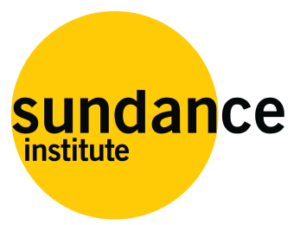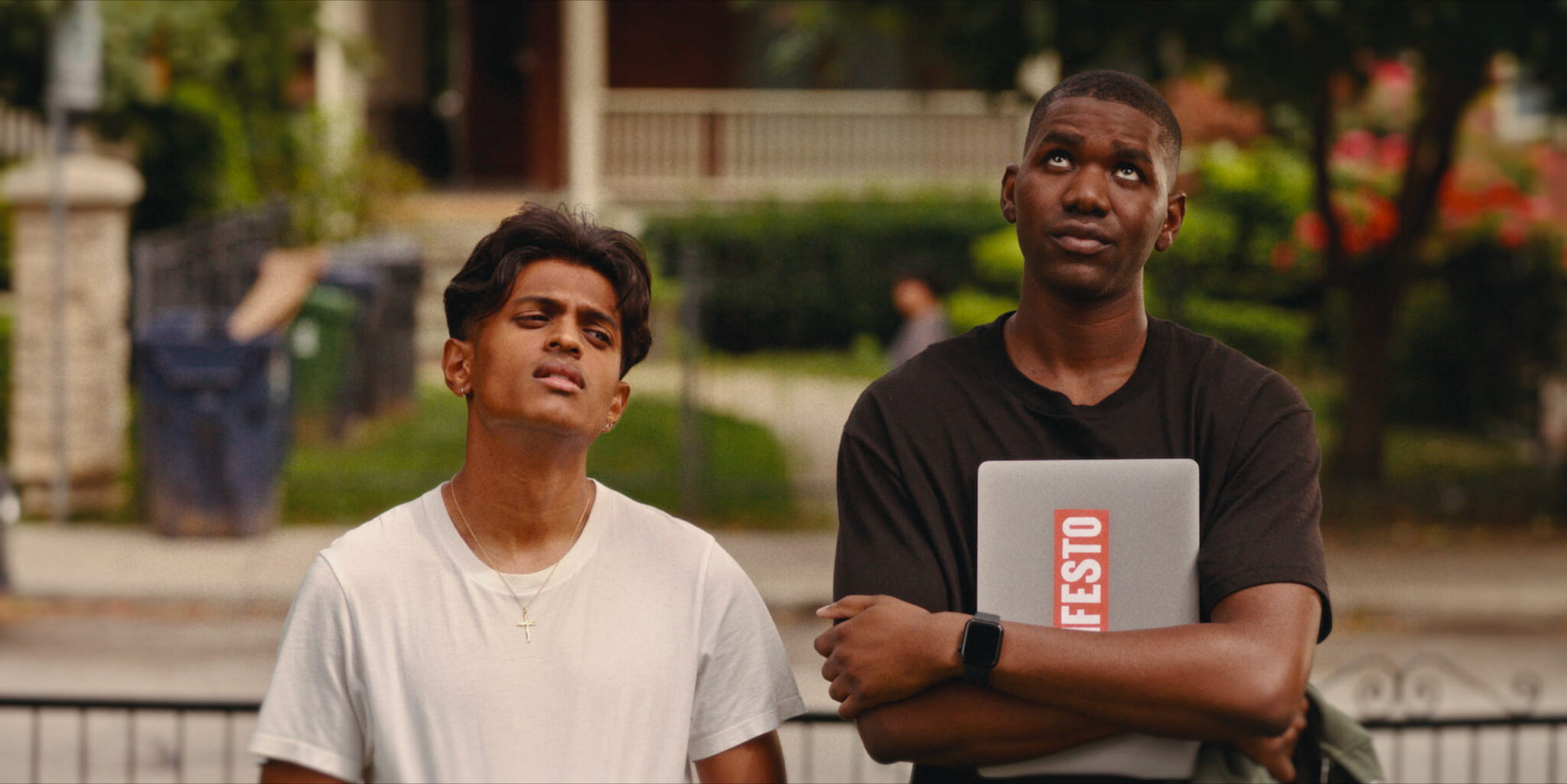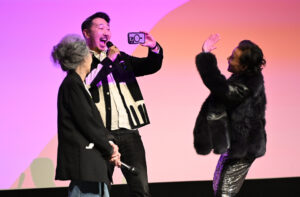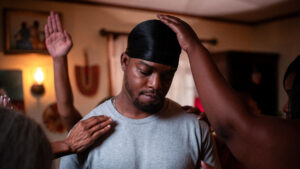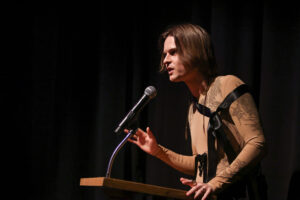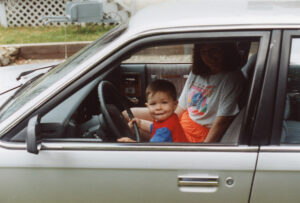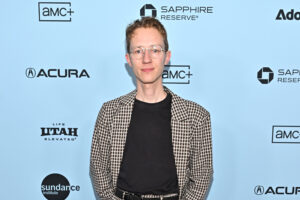By Jessica Herndon
In 2022, Reza Dahya took a pivotal step in shaping his debut feature, Boxcutter, by enrolling in the Sundance Institute Collab’s “Directing: Workshopping Your Film” online course. This nine-week program, designed to help filmmakers refine their vision, provided Dahya with the perfect environment to develop and fine-tune his project.
Before diving into directing, Dahya was deeply rooted in Toronto’s music scene as the host and producer of OTA Live on FLOW 93.5 FM. The gig immersed him in the city’s hip-hop culture, laying the foundation for his transition into filmmaking. One of his early ventures behind the camera included the 2018 music video for Canadian hip-hop and R&B group Burd & Keyz’s “Faithful.” “I found myself on music video sets a lot,” says Dahya. “I started seeing, okay, that’s what that person does, and that’s what a director is. Then I realized, ‘Now I know all these people. I think I could actually try to make something.’” In 2019, Dahya released his first short, The Worst Part, about a man picking up his things after a breakup.
Boxcutter follows Rome (Ashton James), an aspiring rapper in Toronto’s Parkdale neighborhood, as he embarks on a mission to retrieve his stolen laptop, which holds the music that could be his ticket to success. The film blends the city’s hip-hop scene with Rome’s personal struggles, highlighting the challenges of artistic integrity and the drive to build a future.
With mentorship, peer feedback, and access to invaluable resources, the Sundance Collab course provided Dahya with tools to breathe life into his initial ideas for Boxcutter, which recently made its international debut at the 2025 SXSW Film Festival.
We sat down with Dahya to discuss how the Sundance Collab experience impacted the creative process on Boxcutter, the best moments from the film’s production, and how his background in music shapes his filmmaking journey.
Catch Boxcutter at the Toronto Departure Festival, which kicks off May 6. And for the latest on Sundance Collab, including events online courses in directing, screenwriting, TV writing, producing, and documentary filmmaking, sign up for a FREE Sundance Collab account and subscribe to our newsletter.

Why did the Sundance Collab workshop appeal to you?
At that time, I was feeling restless because I had been working on this [film] since 2017. Then, in the summer of 2020, I wanted to shoot a proof of concept or a test scene, but I couldn’t get it off the ground because of COVID. Then, I came across Sundance Collab. I wanted to do it because we were supposed to shoot a scene as part of the class. So, I was like, this is going to force me to do what I wanted two summers ago: figure out how to shoot a scene. But now, I have a reason that I have to do it.
How did the workshop help shape Boxcutter?
I shot that scene, and it just informed me so much about the tone and characters. It was the first time the film came to life in any way. That was fascinating and gave me so much information for when I actually was shooting it a year later.
Did this particular scene make it into your final film?
Yeah, definitely. It’s pretty much the exact same scene as in the film. It’s the scene after Rome has that really bad mic check in the club, and then they have an argument on the bridge. So, it’s the post-club scene.
What are some of the best memories from making Boxcutter?
I would say seeing Rome and Jenaya — seeing Ashton and Zoe [Lewis] — literally just become best friends on set. The scene where they’re waiting for the subway — that’s just them. It’s just improv. During their chemistry test, I knew that they had the most familial bond. But seeing it come to life was like, “Oh, man, this is going to be so beautiful.”
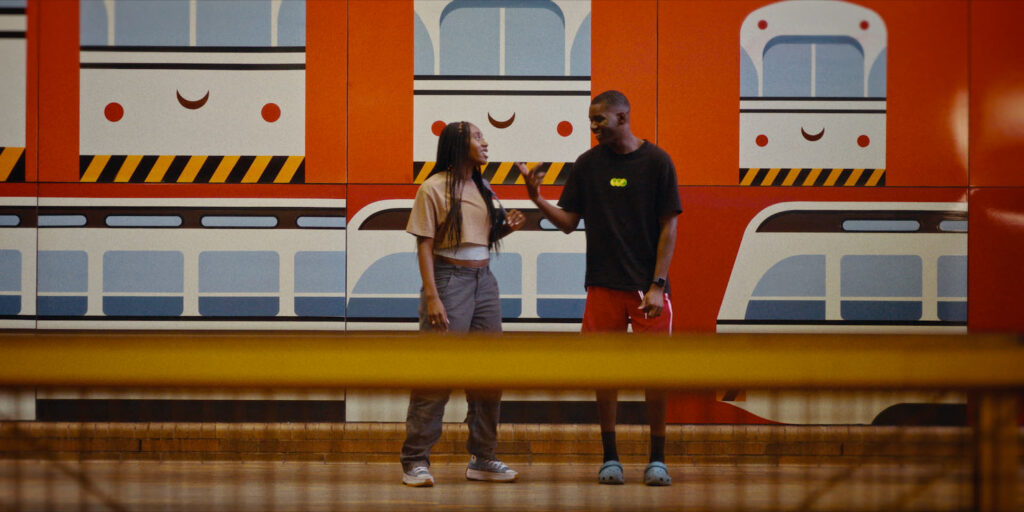
What were the most challenging parts of shooting Boxcutter and how did you push through?
Overall, the amount of locations that we had was massive. There were days when we hit three, four, and five locations. Basically, every scene is in a different location. So, for production, that was just really crazy, especially on our budget. We were on a micro, micro, micro-budget.
Also, while shooting the condo scene, the property manager hated us. We thought we were going to get kicked out a few times because we got that space through one of those shared peer space websites, but they don’t really have permission from the condo. That was drama, for sure.
But you made it happen! So, music is obviously a huge part of your film, a huge part of your DNA. Can you talk me through selecting music for Boxcutter?
I knew all the music had to be Toronto artists or at least Canadian artists. So, over the years, I would listen for music that just had a feeling. So, I was already building a folder, and I knew I had a playlist of what I thought Rome would like. Then, when I was editing, I would just drop in songs and see what worked. A couple of times, when I didn’t have it, I would just be sitting on the subway listening to music, and something would come on, and it would be like, “Oh shit, of course. This is it.”
What’s one of your favorite scenes in the film where you feel the music elevates the moment?
There’s a song called “Sunrise” by Adria Kain. She’s a really amazing Toronto-based artist. It’s in the scene where they’re in Jenaya’s friend’s apartment, and this beautiful, soulful R&B is playing. Then, as the scene ends, it becomes like a needle drop and keeps playing after we cut. There’s also a part where there’s these cross-fading shots of [Rome and Jenaya] walking. There’s a song there called “I’ll Pay You Back On Friday” by Dijahsb, another Toronto rapper. The rhythm of it is perfect for walking. It makes your head nod.
What were some of your key takeaways from the workshop?
Typically, when I show up on set, I am very, very prepared and maybe too prepared, which kind of comes from insecurity. When I was prepping for the actual film, I had to look at myself in the mirror, and I was like, “Look, man, however you’ve been prepping for your shorts and everything, it hasn’t really worked. You make good shorts, but they haven’t really gone to the next level, so you’ve got to change something.” And so what I did with the actual shoot is I wanted to relinquish some control and flow more in the process and not be so rigid.
One of the things that I battle with is advocating for myself. I put other people first on set. I remember that, on that particular set, someone kind of stepped over the line regarding what she should do in her role. I think she tried to give direction to one of the actors, and she was a PA. I didn’t say anything to her. It should have been a teaching moment where I, the director, should have brought her aside and been like, “Hey, I love that you’re here, but just so you know, you shouldn’t do that.” I remember not saying anything to her. I was out of my element. I hadn’t directed in a long time, and I was beating myself up inside because I didn’t say anything. And so I took that feeling, and I was like, “Okay, you got to work on that before the shoot. When you’re actually shooting your film now, remember that feeling because you’ve got to make sure if something happens on set, to just deal with it so you’re not distracted by some stupid thing in your head.”
